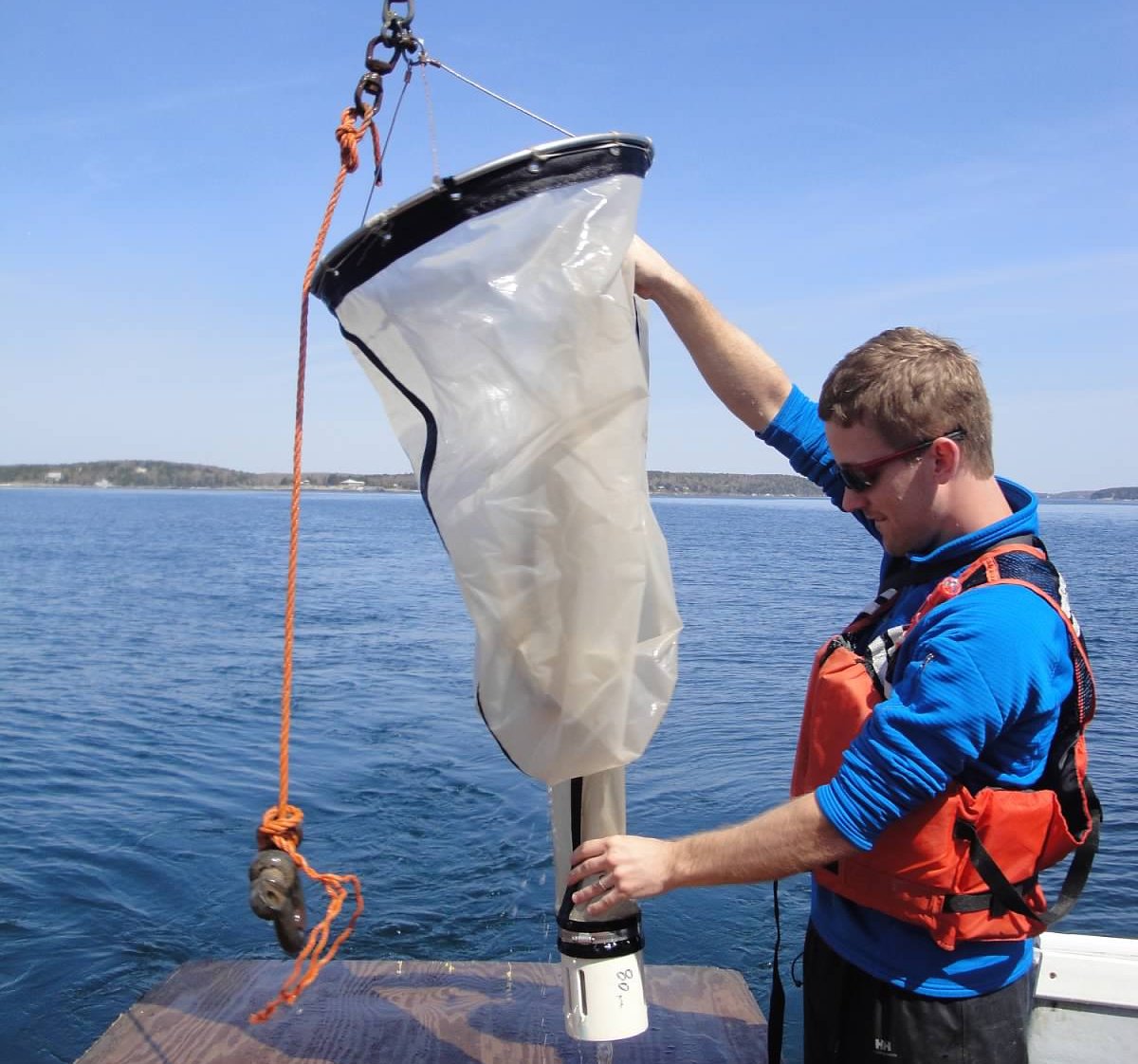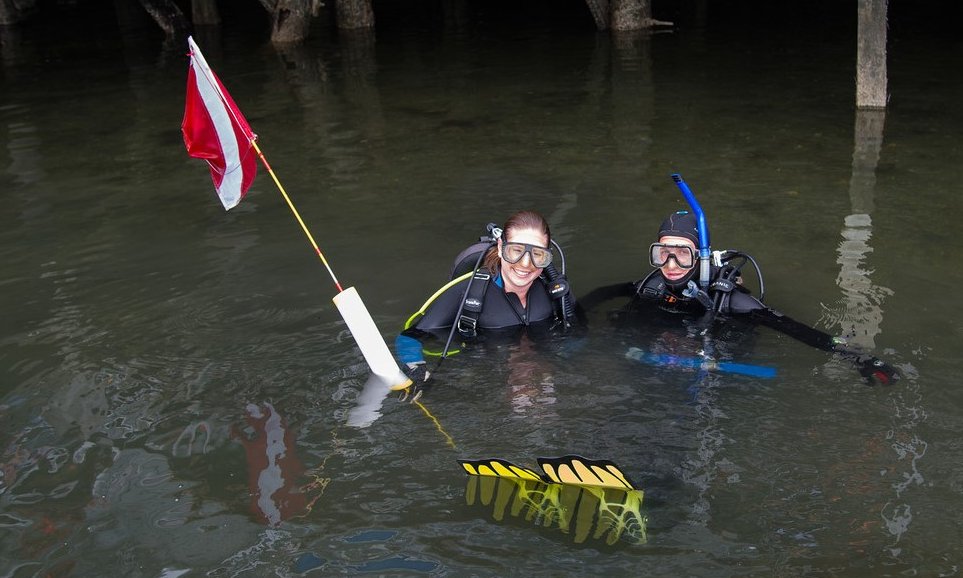Marine Biology at Moravian
Research in this lab focuses on understanding how animal behavior (predator avoidance, foraging, social hierarchies) can be affected by changing environmental conditions and invasive species. We work with a wide range of marine invertebrate species (potentially freshwater and terrestrial as well) in the lab and the field, using a variety of experimental tools.

Interested in conducting research in this lab? Check out the Student Research page and/or email me!
Follow us on Instagram!
The current research I work on with my students examines novel shrimp behavior. The grass shrimp Palaemon pugio fights to establish dominance hierarchies (discovered by a student and me), the only North American shrimp known to do so. We are also investigating unique antipredator behavior in this species of shrimp, which is common in estuaries along the North American coast.
My previous research has examined how ocean acidification could interfere with the way animals sense their environment through chemical cues. These cues are used by organisms to find food, shelter, and mates, as well as to avoid predators and unsuitable habitats, but acidified seawater appears to diminish the ability of animals to respond to these cues. This could cause massive shifts in predator-prey relationships (imagine cats no longer running away from dogs) and marine communities. Acidification can also change the vulnerability of snails to predation by invasive crabs. Marine snails can often produce thicker shells when predators are around (called inducible defense), but ocean acidification makes it more difficult to produce shells.


Previous Student Projects Have Examined:
- Relationship between anti-predator behavior and ‘personality’ in shrimp
- Measuring monoamine mediation of mobbing behavior in grass shrimp
- Personality and mobbing of fish and crabs by grass shrimp
- Impact of predators on grass shrimp aggression
- Predator size and mobbing in grass shrimp
- Social hierarchies in grass shrimp (published)
- Impact of ocean acidification on hermit crab hierarchies and feeding
- Review of hierarchies in marine invertebrates (published)
- Color change and camouflage in blue crabs
- Impact of acidification on snail predator avoidance (published)
- Effect of acidification on mud snail foraging abilities (published)
- Feeding rates of Asian shore crabs under hypoxic conditions
- Behavioral interactions between juvenile lobsters and invasive crabs (published)
- Comparison of invasive fouling species abundance to historical data
- Citizen science program to quantify global abundance of invasive fouling species (published)


